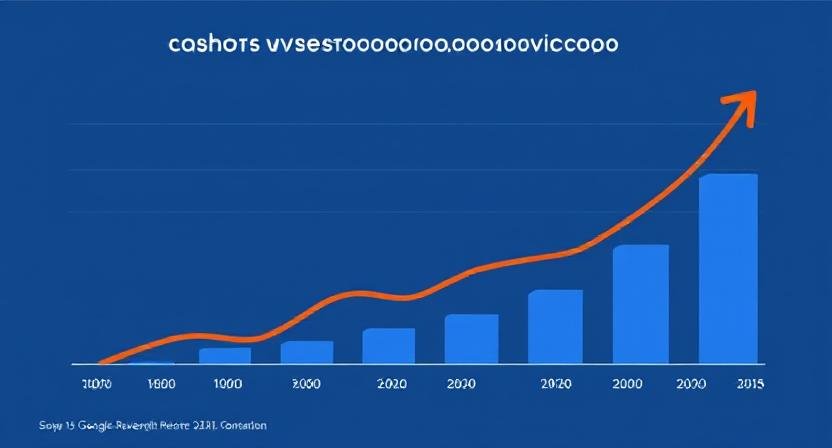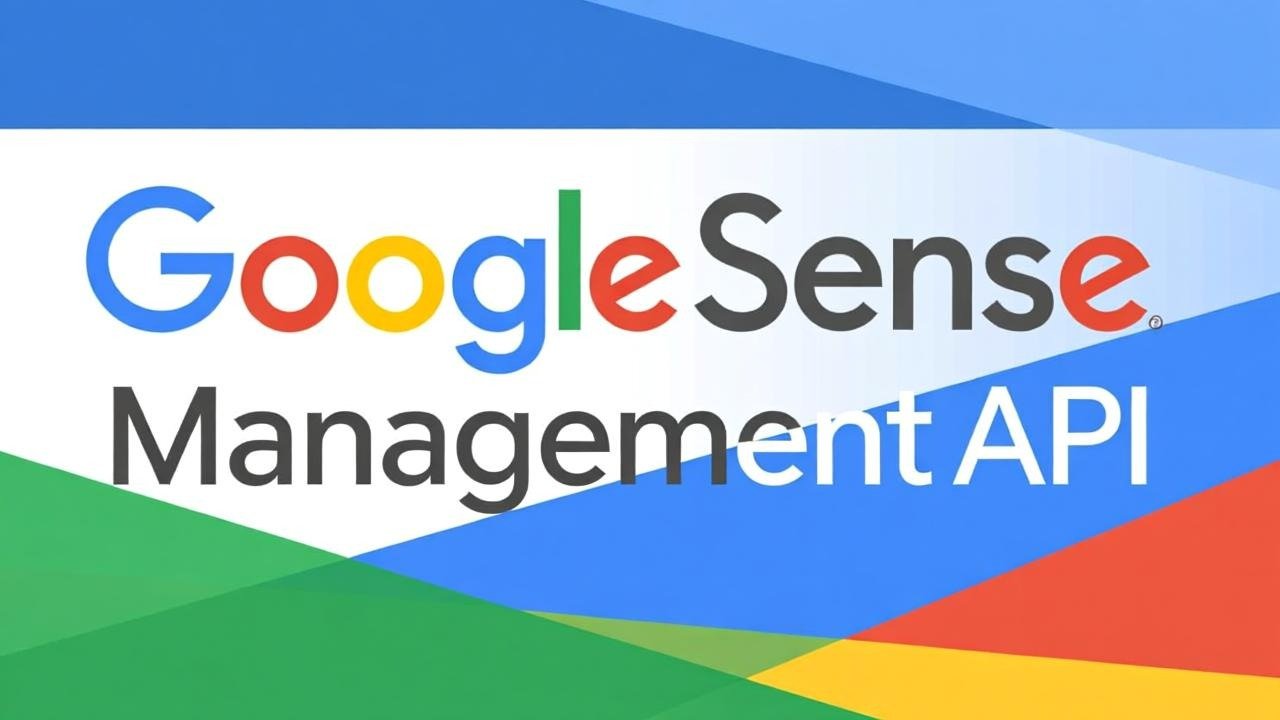In 2025, Google Ads remains one of the most powerful tools in digital marketing for advertisers looking to reach highly targeted audiences and drive measurable business outcomes. As competition intensifies and technology evolves, optimizing your Google Ads campaigns isn’t just beneficial—it’s essential for maximizing ROI and scaling growth.
This guide covers everything you need to know: from how to create Google Ads campaigns effectively, to how to post ads on Google for free, estimating your earnings using a website ad revenue calculator, and tracking profits via a website AdSense earning checker. These strategies will help you outperform competitors and make every advertising dollar count.
How to Create Effective Google Ads Campaigns in 2025
Starting strong with the right campaign setup is crucial:
Define Clear Objectives
Decide on specific, measurable goals such as generating leads, driving online sales, increasing app installs, or building brand awareness. Your objectives inform your keyword, creative, bidding, and audience strategies.
Choose the Optimal Campaign Type
Google Ads offers multiple types including Search, Display, Video, Shopping, and Performance Max. Align your campaign format with your goals for maximum impact.
Conduct Thorough Keyword Research
Utilize Google Keyword Planner and competitor analysis tools to find high-intent, low-competition keywords. Emphasize exact and phrase matches and consider adding long-tail keywords for precise targeting.
Craft Responsive Search Ads
Input multiple headlines and descriptions in Responsive Search Ads (RSA) to allow Google’s AI to dynamically optimize ad delivery based on best-performing combinations.
Smart Bidding Strategies
Use automated bidding options like Target CPA, Target ROAS, or Maximize Conversions to leverage machine learning that adjusts bids in real-time for optimal performance.
Continuous Monitoring and Optimization
Track key metrics including click-through rate (CTR), cost per click (CPC), conversion rate, and quality score. Use these insights to refine your keywords, ads, and targeting groups regularly.
How to Post Ads on Google for Free: Leverage No-Cost Opportunities
Although Google Ads is generally paid, you can still promote your business with limited or no spend through the following:
-
Google Promotional Credits: New advertisers can claim free ad credits after spending a minimum amount.
-
Google Business Profile: Optimize your profile to get free local search exposure on Google Maps and Search results.
-
Smart Campaigns: These automated campaigns run efficiently within small budgets.
-
Organic SEO & Content Marketing: Boost organic traffic via optimized content, complementing paid ads and reducing costs.
Estimating Earnings Using a Website Ad Revenue Calculator
Accurately forecasting your ad income helps you plan better:
-
Input your monthly site traffic, CTR, CPC, and RPM into reliable calculators such as the AdSense Revenue Calculator.
-
These tools provide an estimate of your potential monthly or annual earnings.
-
Use projections to allocate budgets wisely and set content monetization priorities.
Tracking Revenue With a Website AdSense Earning Checker
Effective monitoring supports proactive campaign management:
-
Google AdSense’s dashboard offers real-time data on clicks, earnings, CTR, and RPM.
-
Third-party tools provide enhanced analytics, alerts, and historical data comparisons.
-
Analyze this data frequently to find top-performing pages and optimize ad placement and content strategies.
Advanced Google Ads Optimization Tips for 2025
Granular Keyword Management
Narrow down keywords by intent, review and prune regularly, and use comprehensive negative keyword lists to avoid irrelevant traffic.
Audience Segmentation and Targeting
Employ remarketing lists, Customer Match, in-market, and affinity audiences to deliver relevant ads to high-value users.
Creative Testing and Responsive Ads
Continuously test various ad formats, headlines, and descriptions. Use Google’s responsive ad capabilities to optimize delivery.
Landing Page Experience
Ensure landing pages are fast, mobile-optimized, and aligned with ad messaging to increase conversion rates.
Complete Use of Ad Extensions
Activate sitelinks, callouts, structured snippets, and call extensions to boost ad prominence and CTR.
Regular Experimentation and Data Analysis
Run controlled experiments and analyze results to optimize across campaigns efficiently.
Pitfalls to Avoid
-
Ignoring conversion tracking accuracy and alignment.
-
Over-tweaking campaigns disrupting Google’s learning phases.
-
Neglecting comprehensive audience data.
-
Chasing impressions instead of conversions and ROI.
Trusted Resource for Marketers
Stay updated with the latest tools, features, and policies through the Google Ads Help Center, the official source for Google’s platform guidance.
Read More: Google Ads Optimization Strategies for 2025: A Complete Guide to Boosting Your ROI
Conclusion
With Google Ads evolving rapidly in 2025, your approach must blend precise campaign creation, strategic exploitation of free advertising avenues, informed revenue forecasting, and vigilant earnings monitoring. Mastering these steps will maximize your ad efficiency, extend your campaign reach, and ensure profitable digital marketing growth.
Start implementing these strategies today to stay ahead in a competitive environment and make your Google Ads campaigns truly effective.











3 thoughts on “Google Ads Optimization Strategies for 2025: How to Create, Post, Calculate, and Track for Maximum Success”